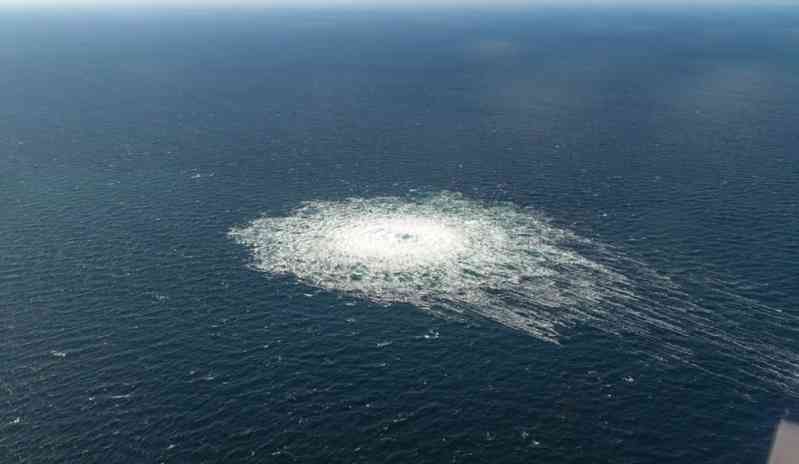The ocean is a key driver of the global economy. In fact, about 90% of global trade is carried by sea, and some estimates suggest that by 2050, maritime trade will triple. The ocean is also a source of food for about 3 billion people worldwide, and the seabed is one of the most common sources of fossil fuels that spark international disputes. Moreover, as the recent events involving Nord Stream 1 and Nord Stream 2 in the Baltic Sea demonstrate, the new reliance on subsea pipelines, LNG shipping, and sea-based floating LNG receiving terminals - not to mention fiber optic cables - has also created new needs for maritime surveillance and security.
The ocean is also an important area of investment in the context of countries and regions rejecting the Western-dominated international order and wanting to challenge the strategic hegemony of the United States. In fact, since the end of the Cold War, the United States has been able to maintain such hegemony precisely because of its ability to project power and forces from the sea to the world, while other countries' militaries have neither the will nor the ability to cause significant damage.
So, in the current context of emerging geopolitical competition, great power navies value the ability to exercise sea control and effective sea denial. Indeed, the ability to ensure varying degrees of sea control in a given environment is a necessary prerequisite for any nation or alliance that wishes to project military power, trade, and influence through the oceans while securing access to the world’s key maritime choke points. Conversely, the ability to deny an adversary control of the oceans is also an important goal for any challenger. Last but not least), the oceans provide cover for nuclear-powered missile submarines, the most resilient nuclear strike force and one of the pillars of strategic deterrence.
As a result, the development of groundbreaking new technologies in the maritime domain has become an important foundation for modern naval combat systems. Some of the latest technological developments in the naval combat system domain involve a variety of key capabilities, including unmanned systems, hypersonic and conventional missiles, helicopters, directed energy weapons, and quantum technologies. Other emerging and disruptive technologies, such as 3D printing, quantum computing, and artificial intelligence, have the potential to greatly enhance existing capabilities while providing new capabilities. In addition, effective maritime operations may require a system engineering approach to integrate multiple systems and data sources into a common maritime picture more than any other domain of operations. This in turn requires greater automation and enhanced cross-asset integration and data communications. Today, the navies of the world's major countries have no choice but to invest in timely means to counter new and upcoming threats (such as hypersonic missiles and multi-domain joint drone swarms). Most naval powers cannot currently expect to significantly increase their budgets, so they must find ways to strengthen their fleet's offensive and defensive capabilities by purchasing advanced (often expensive) technologies (rather than increasing the number of ships). Gaining and maintaining a technological advantage over potential opponents can determine the outcome of a war, because in principle, as long as there are appropriate weapon systems and countermeasures, such an advantage can give a warship or a fleet a useful advantage in detection and/or engagement range. If used properly, technological advantages can also strengthen the kill chain and optimize logistics management.
This series of articles explains the naval combat systems of NATO countries for you



